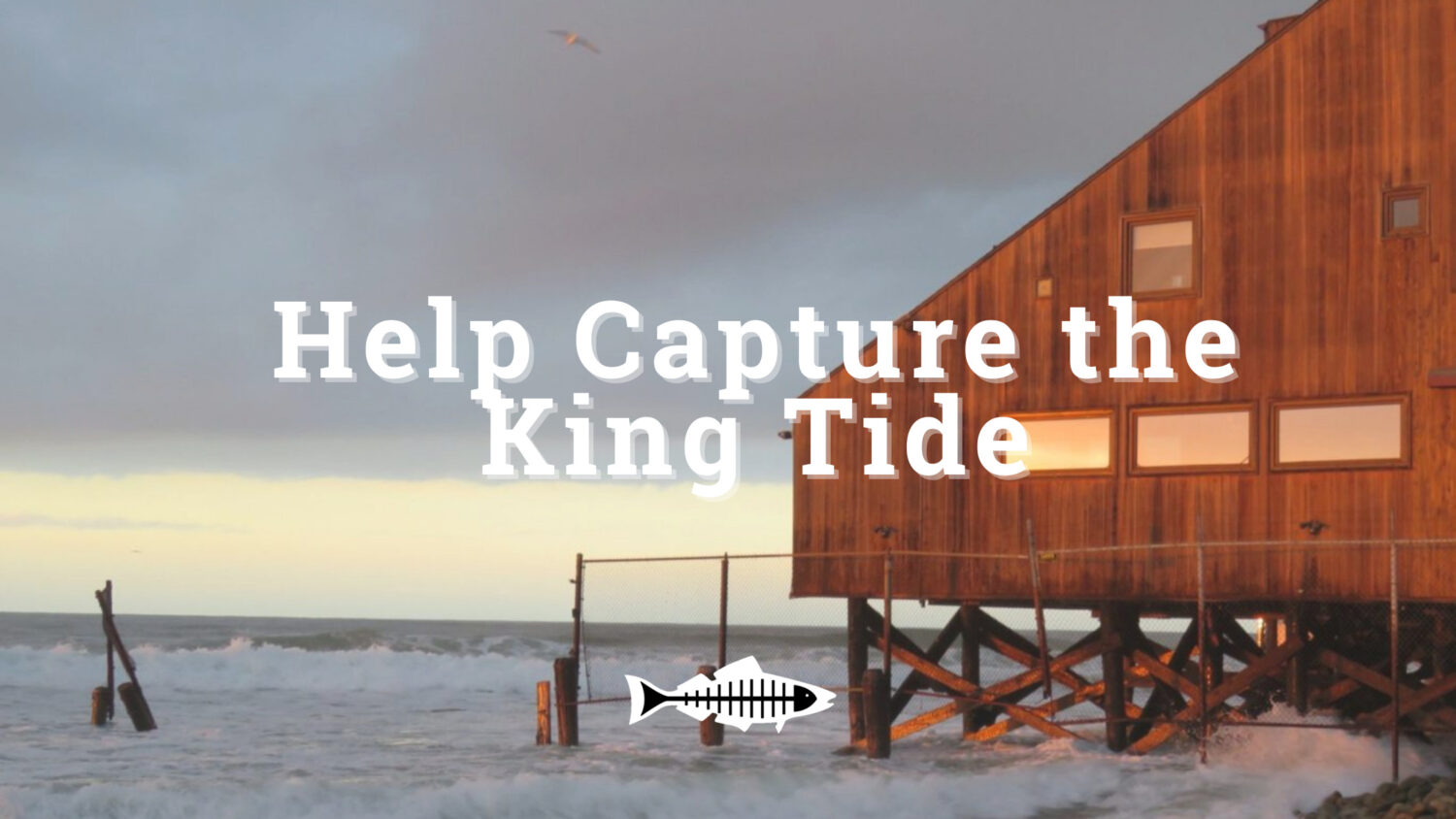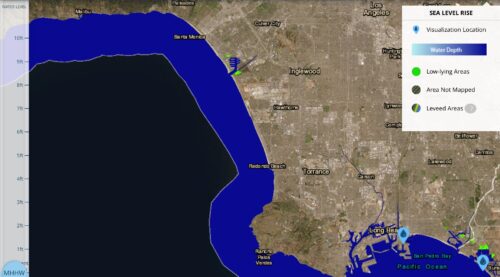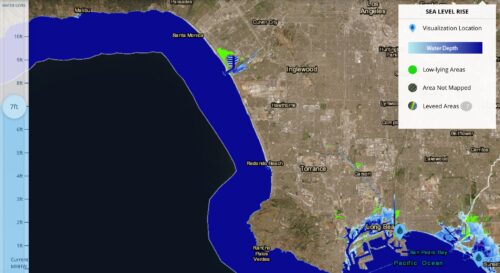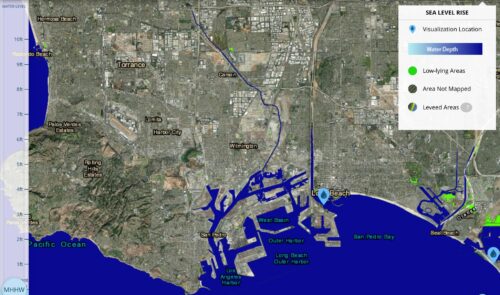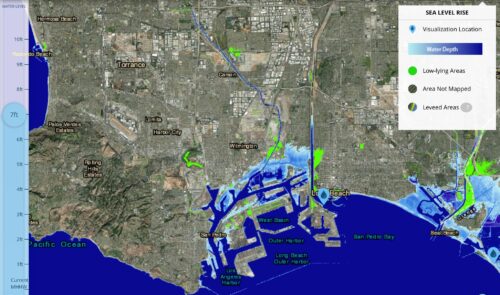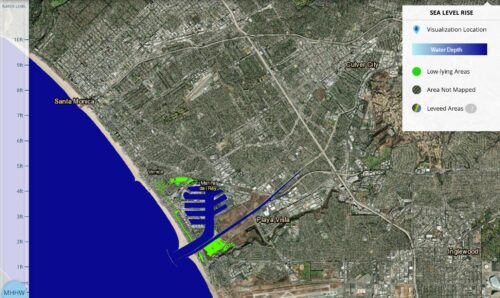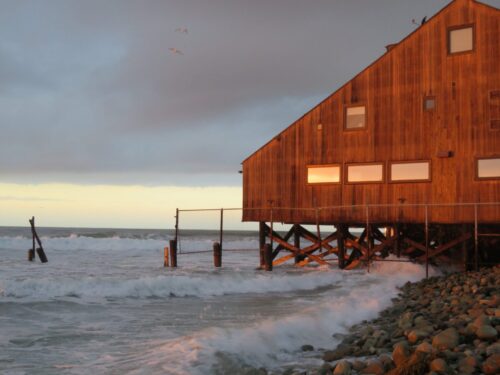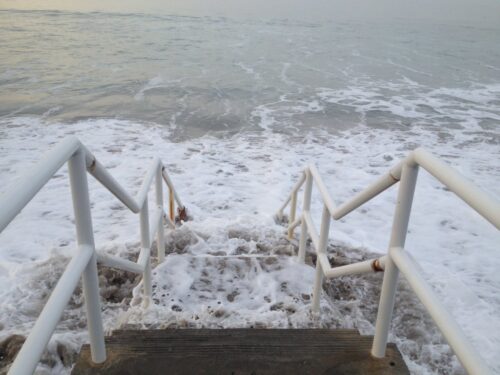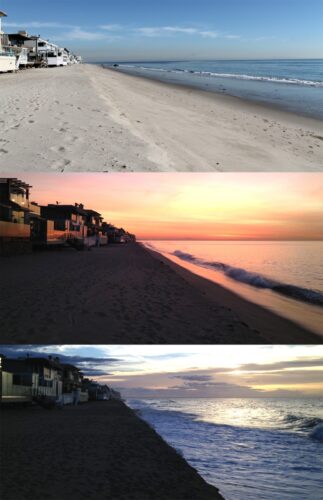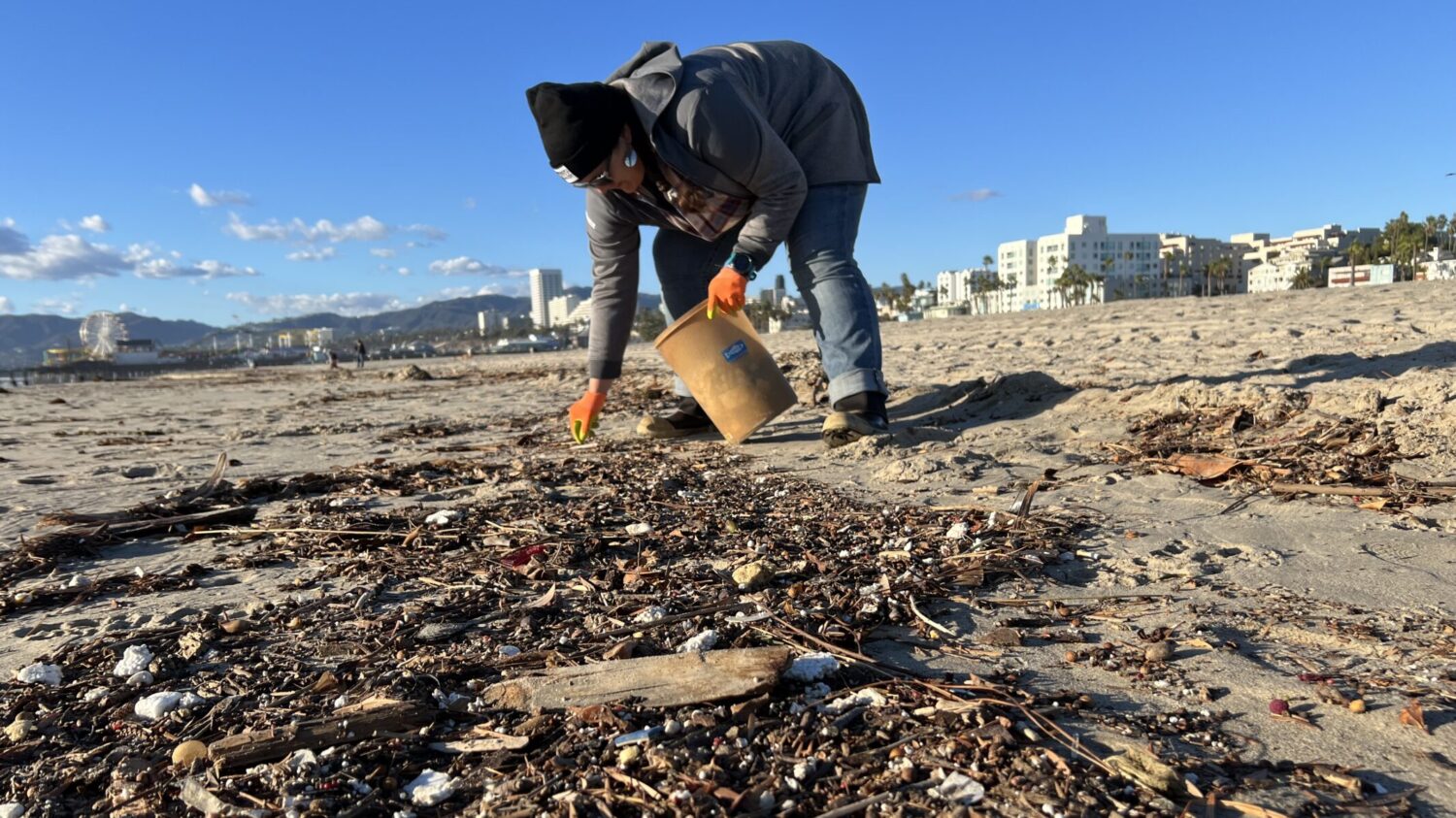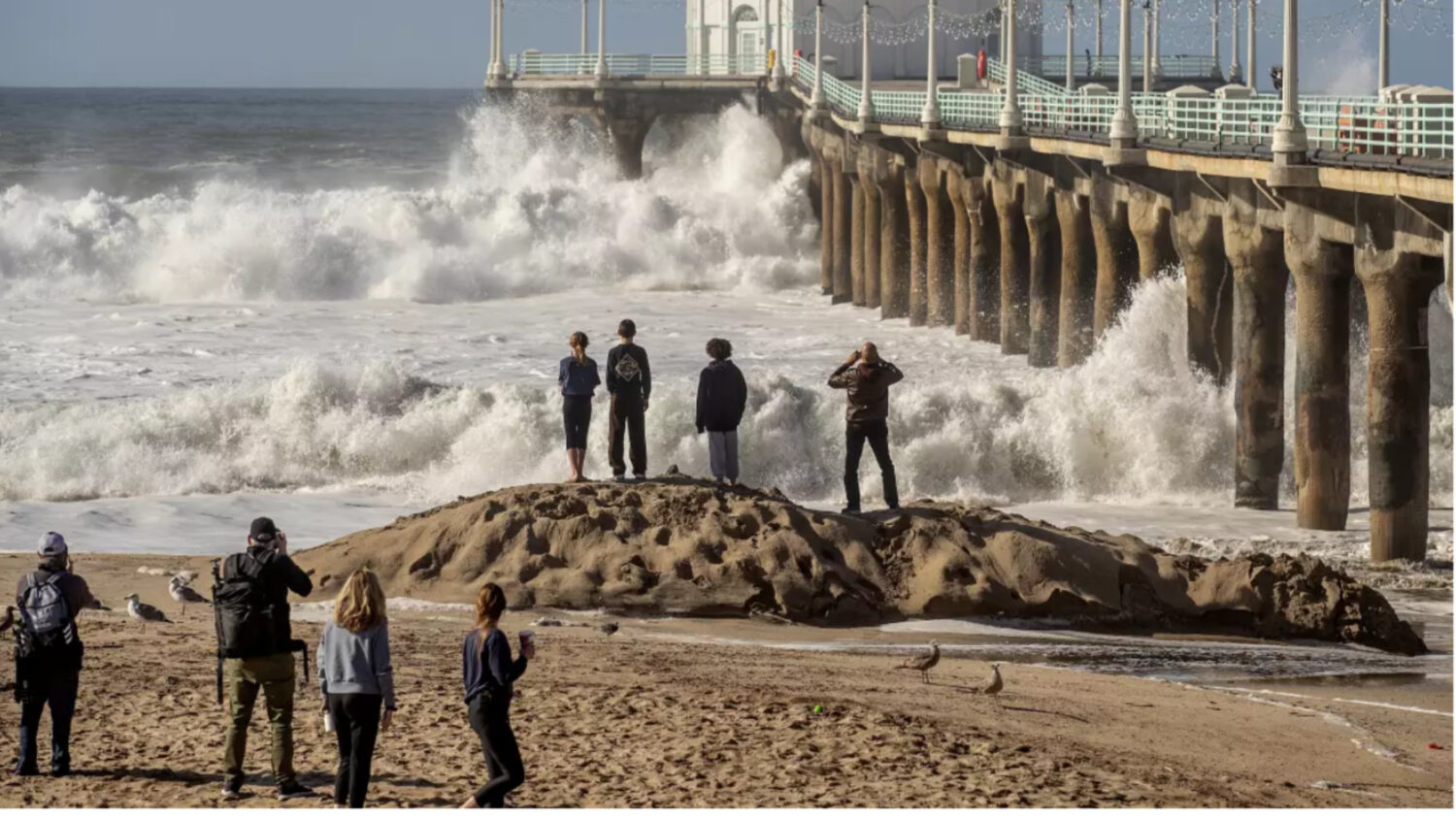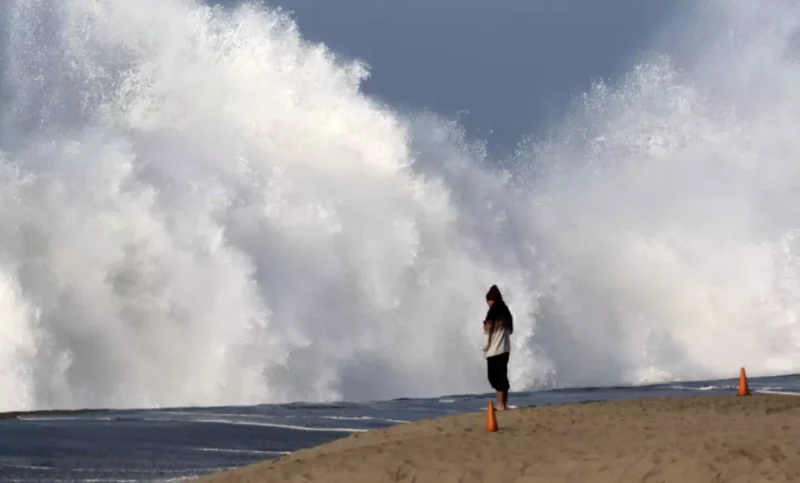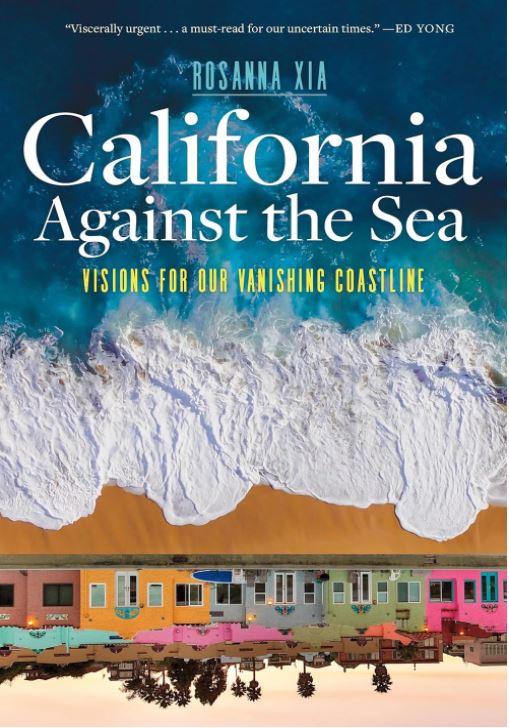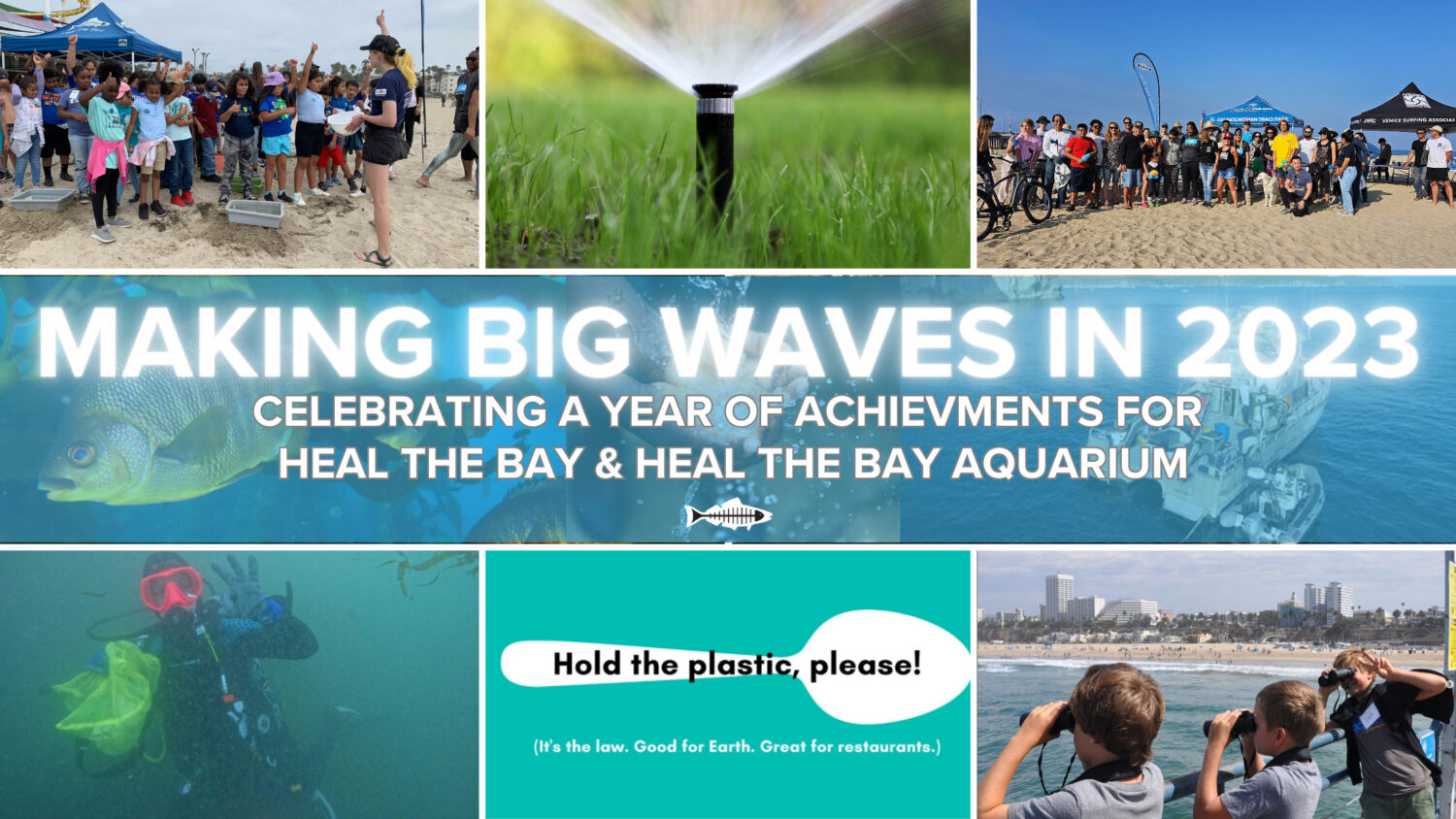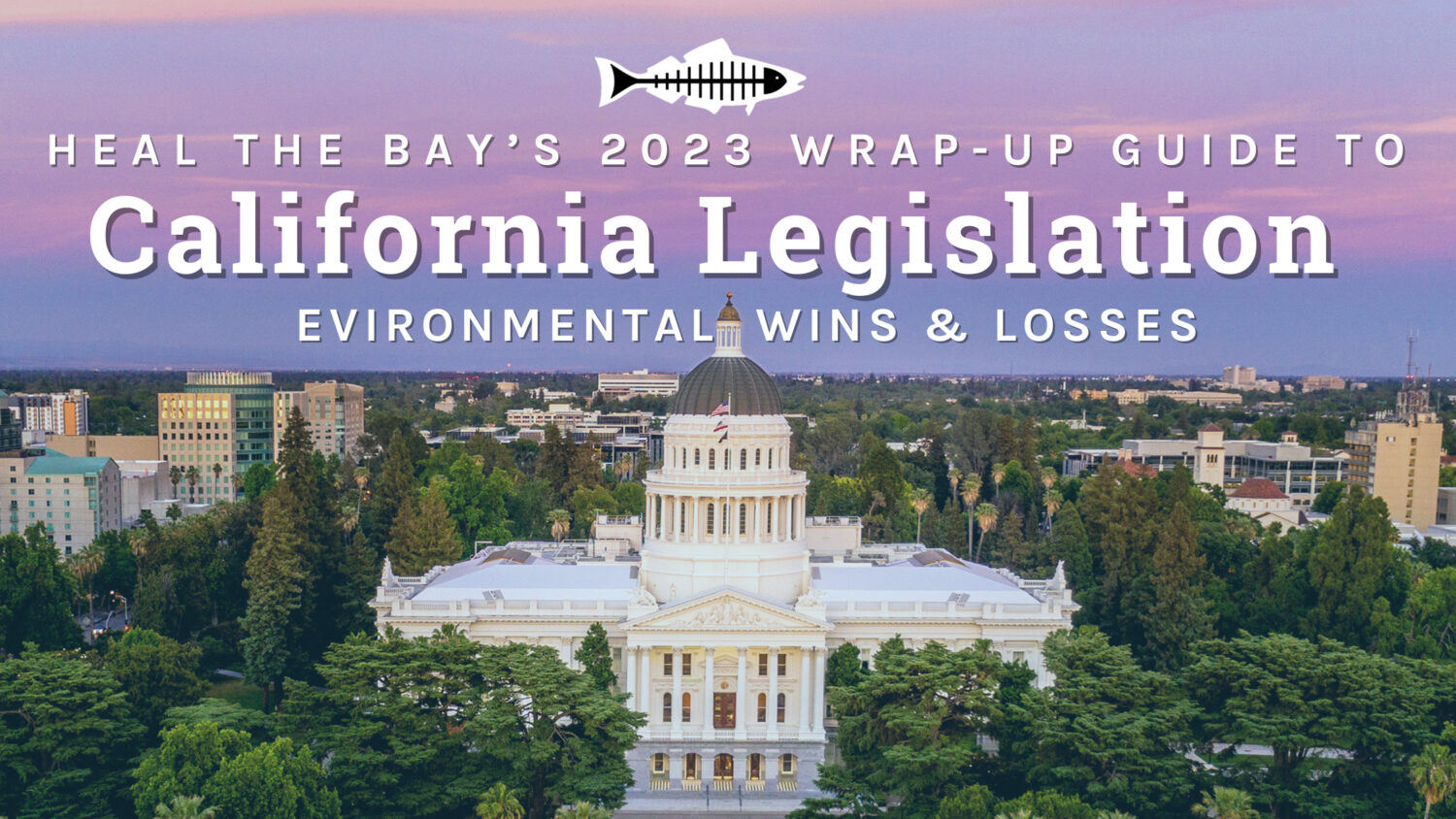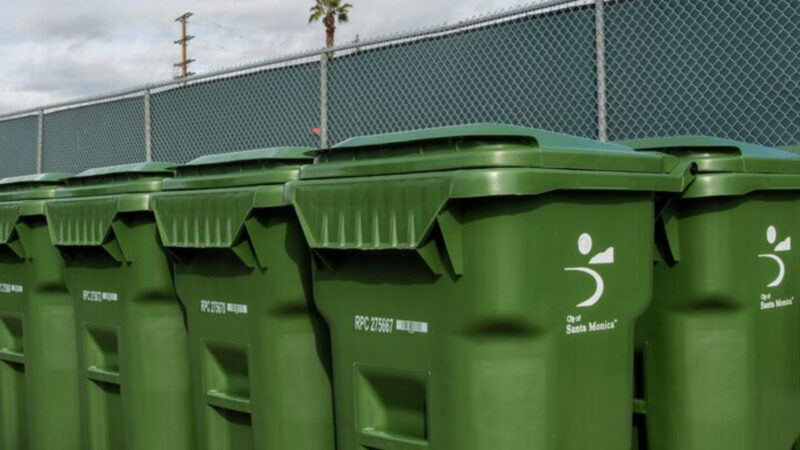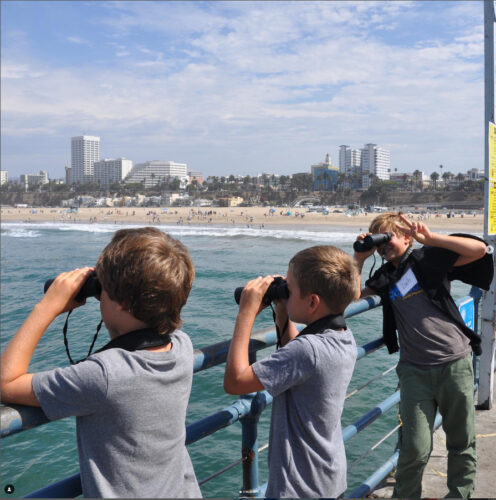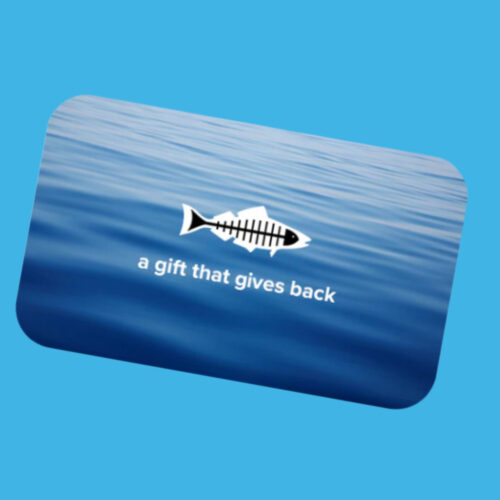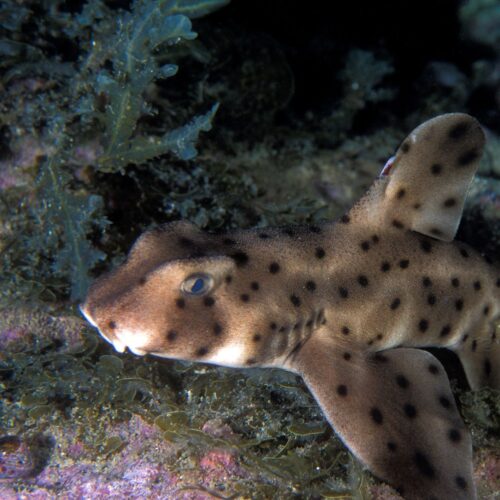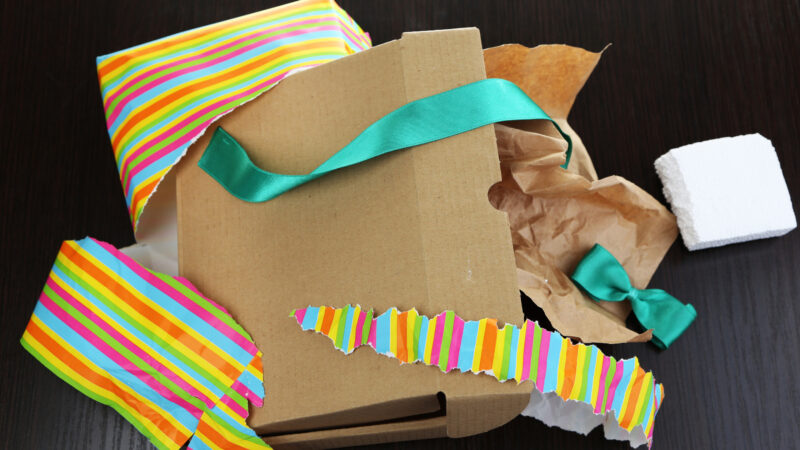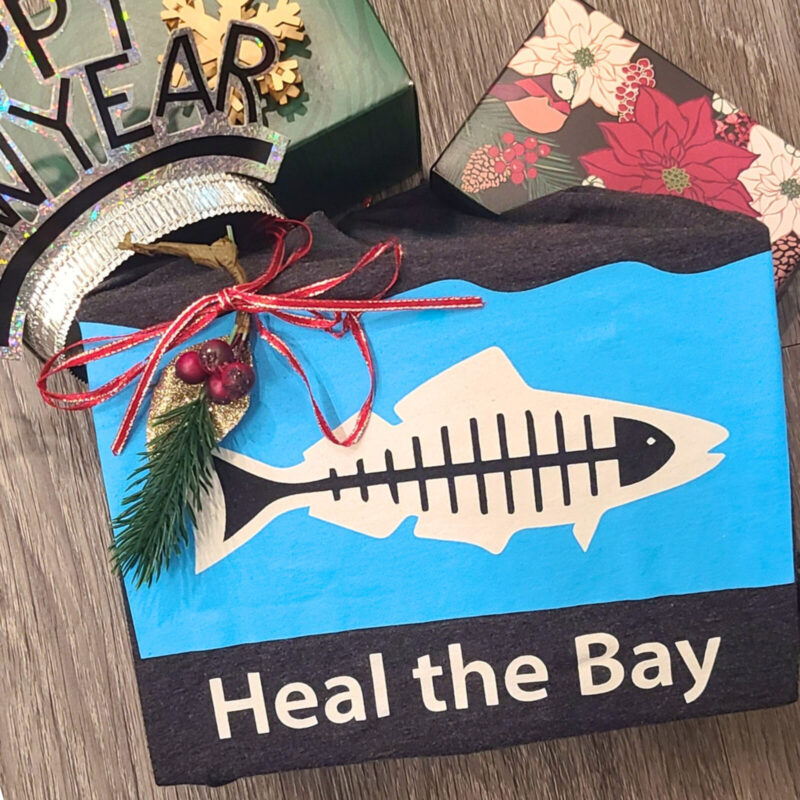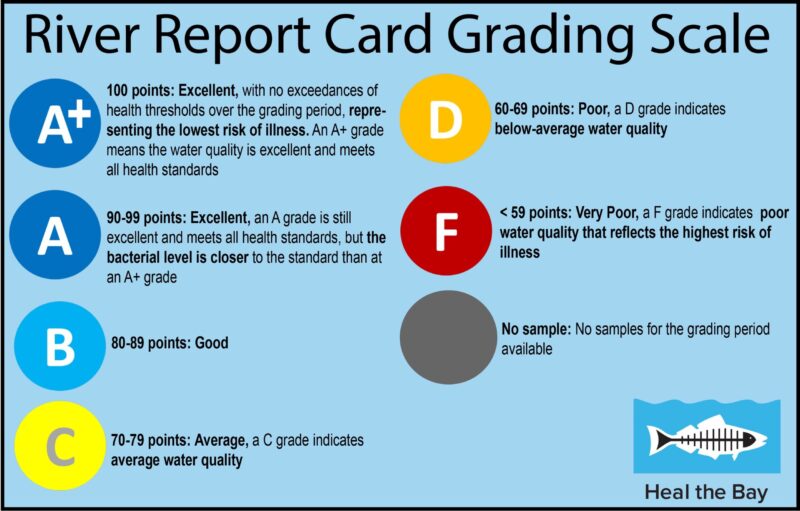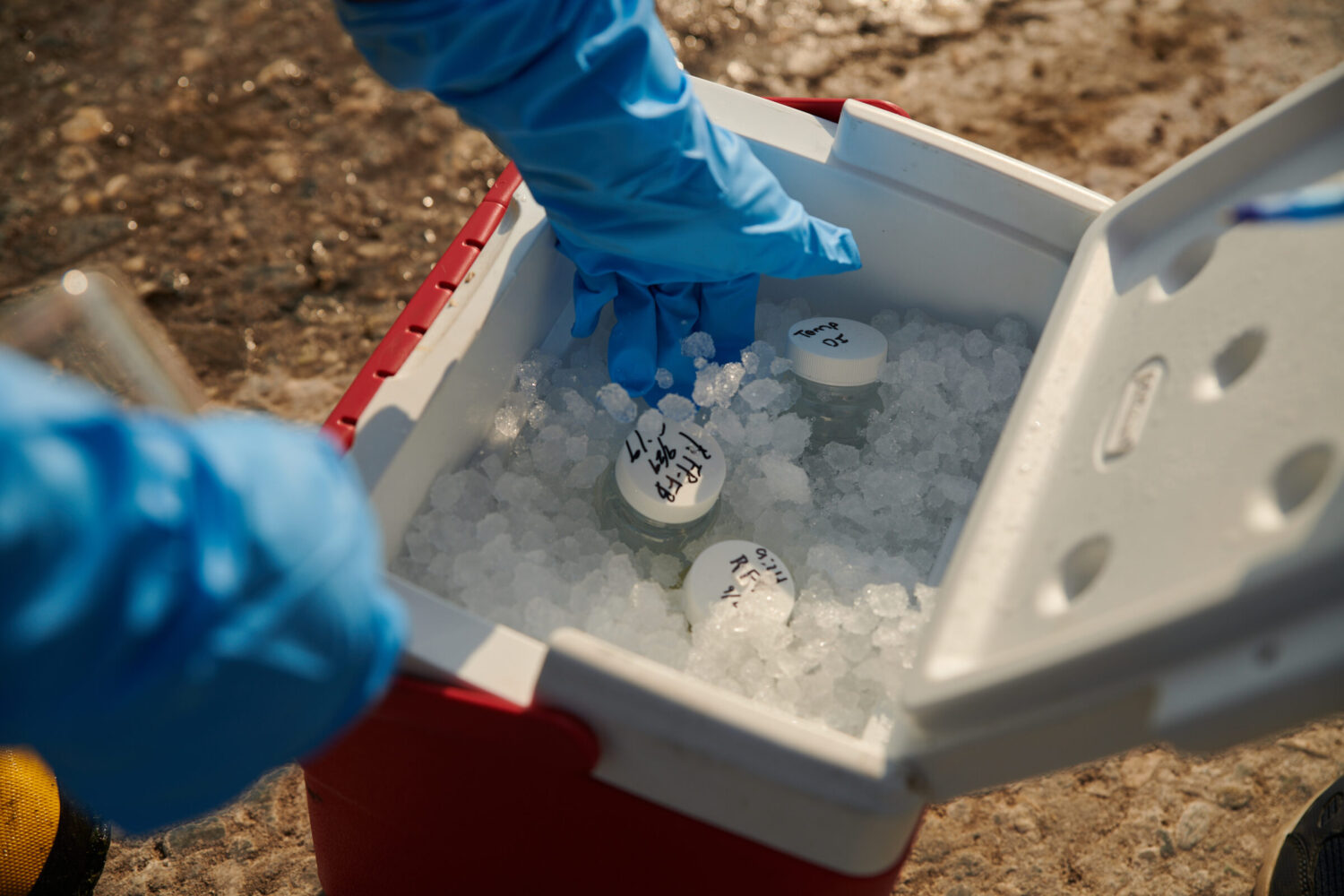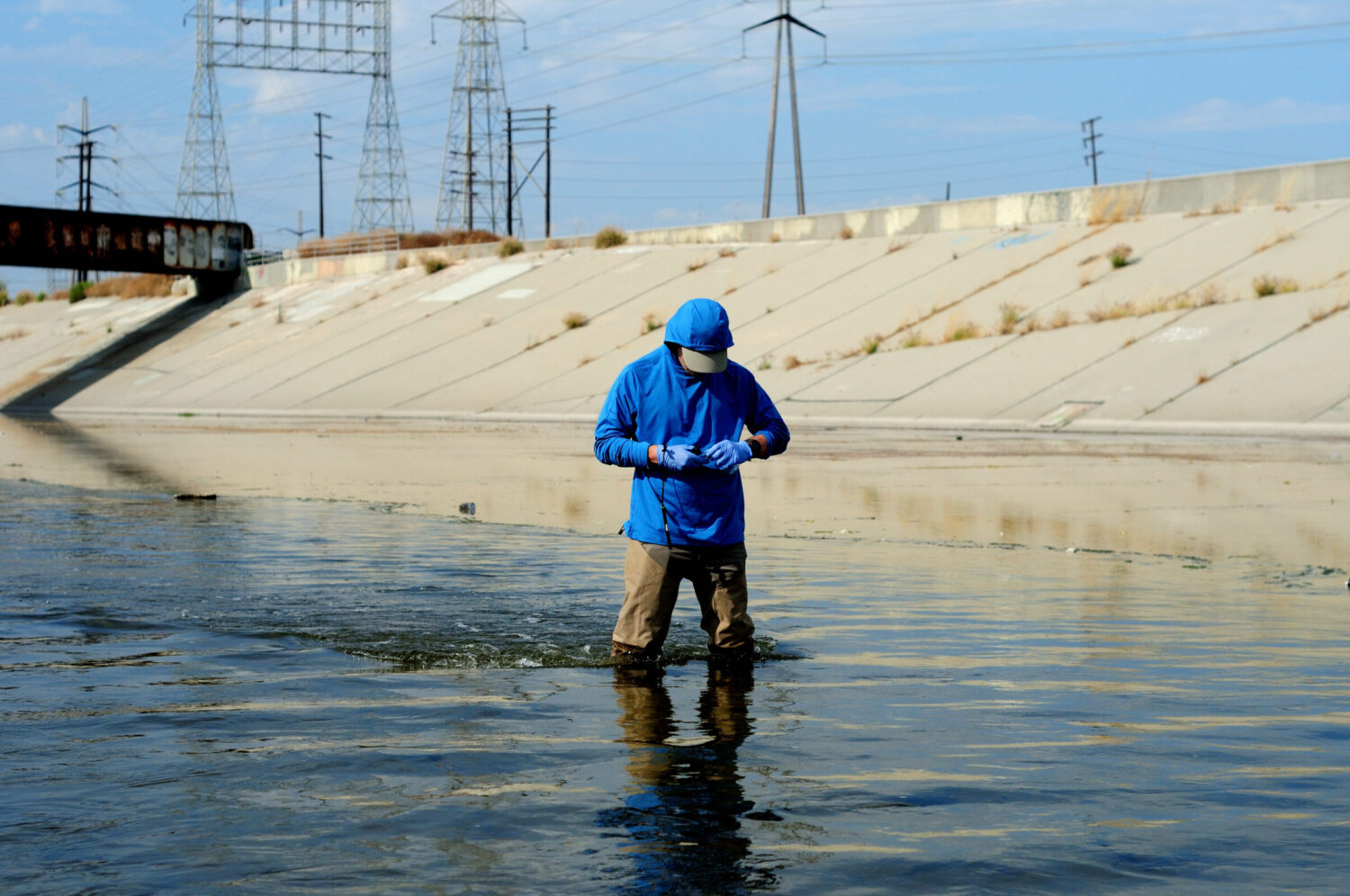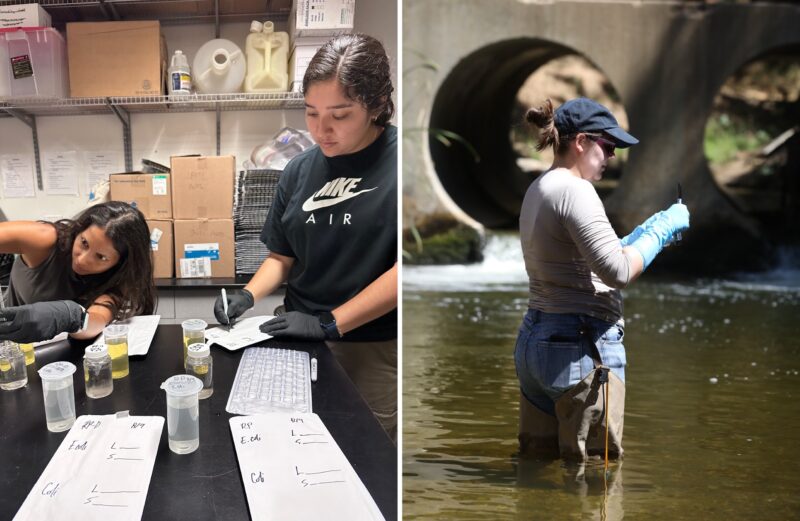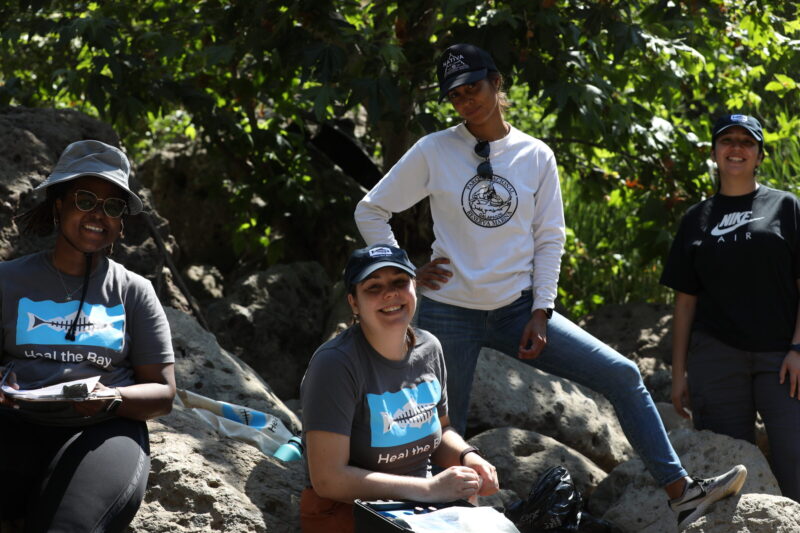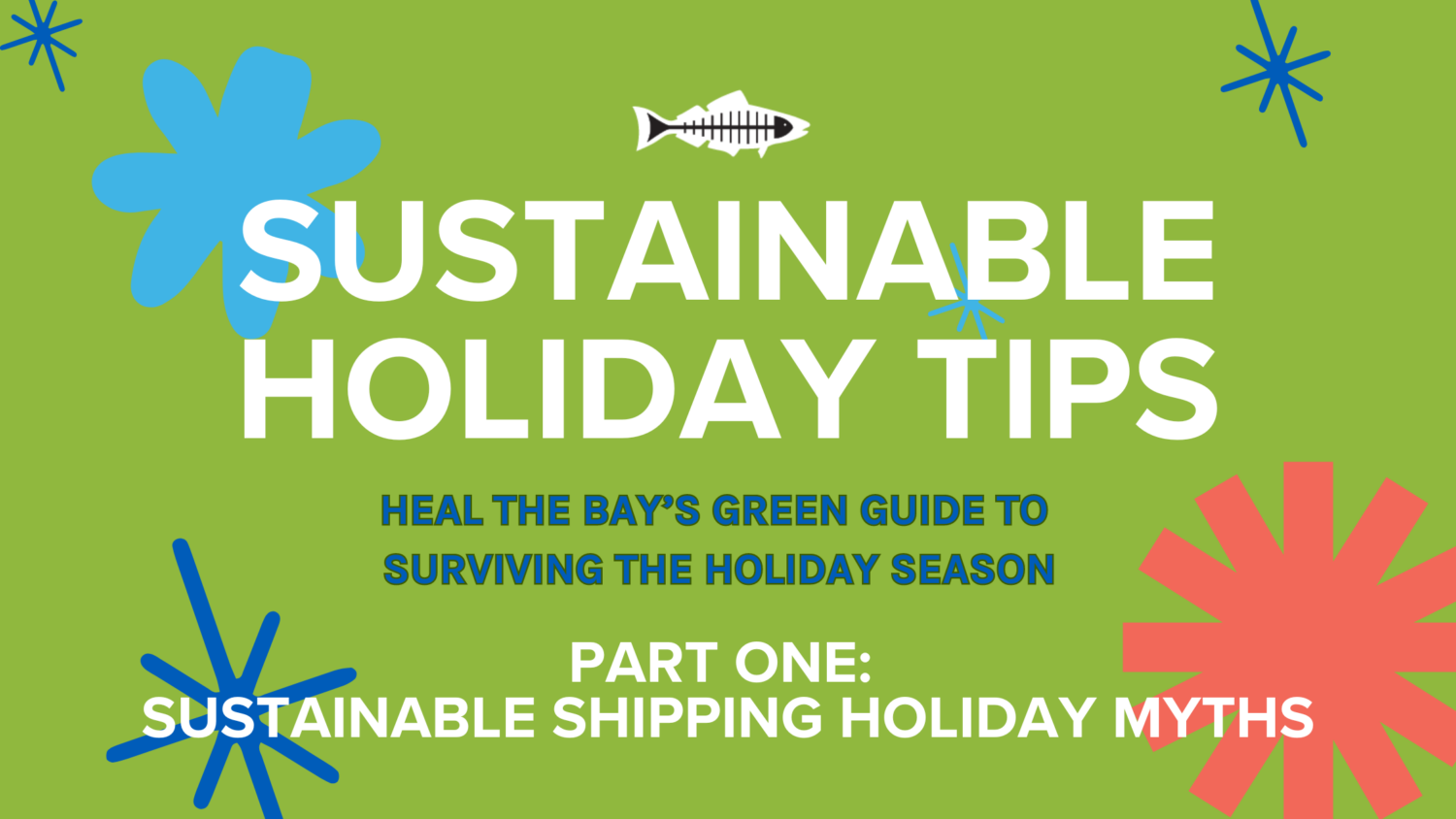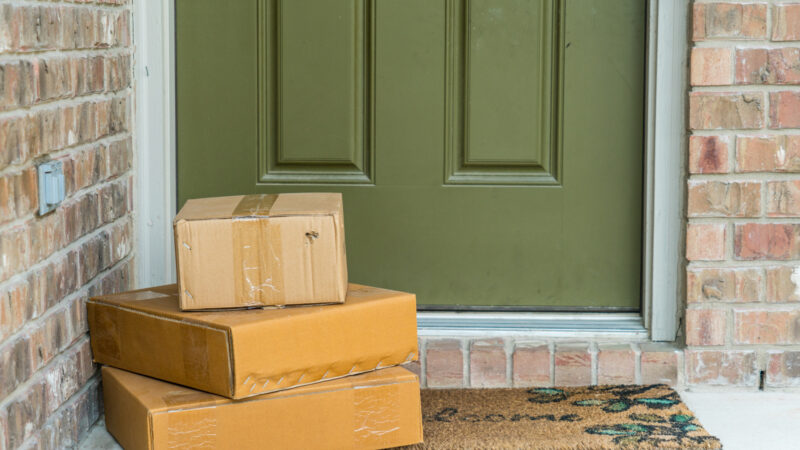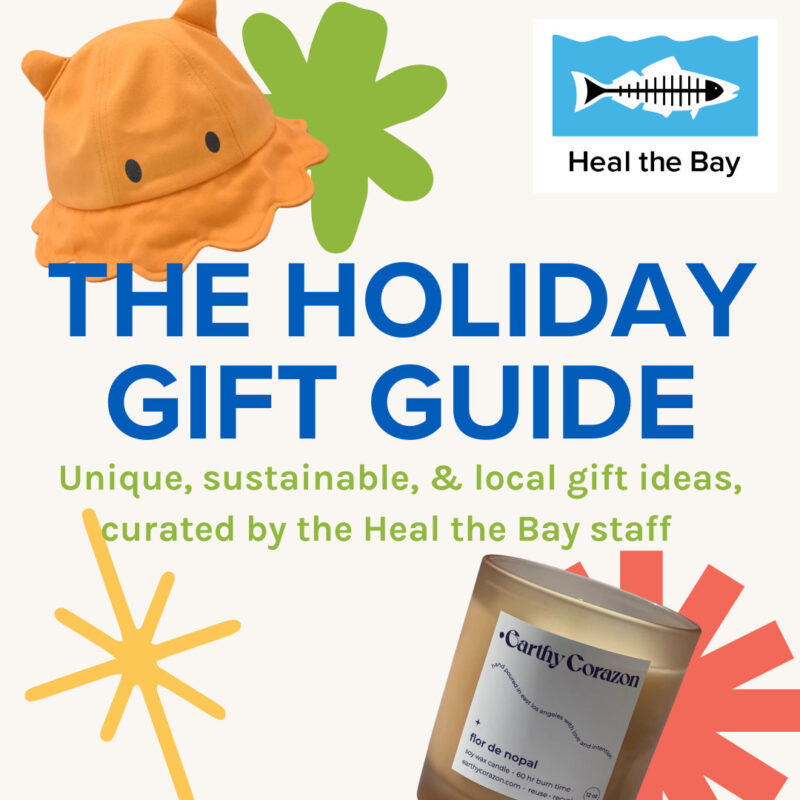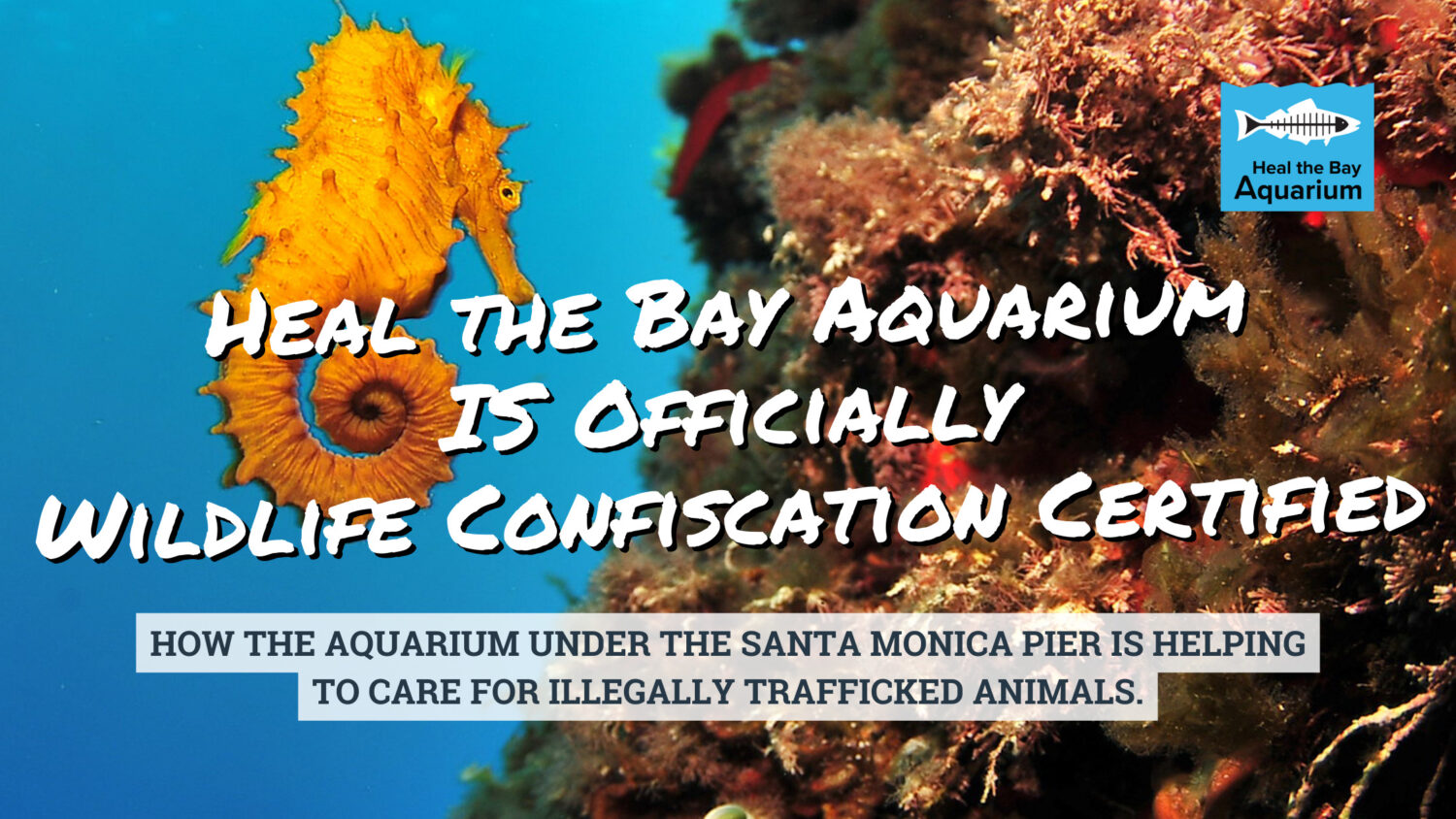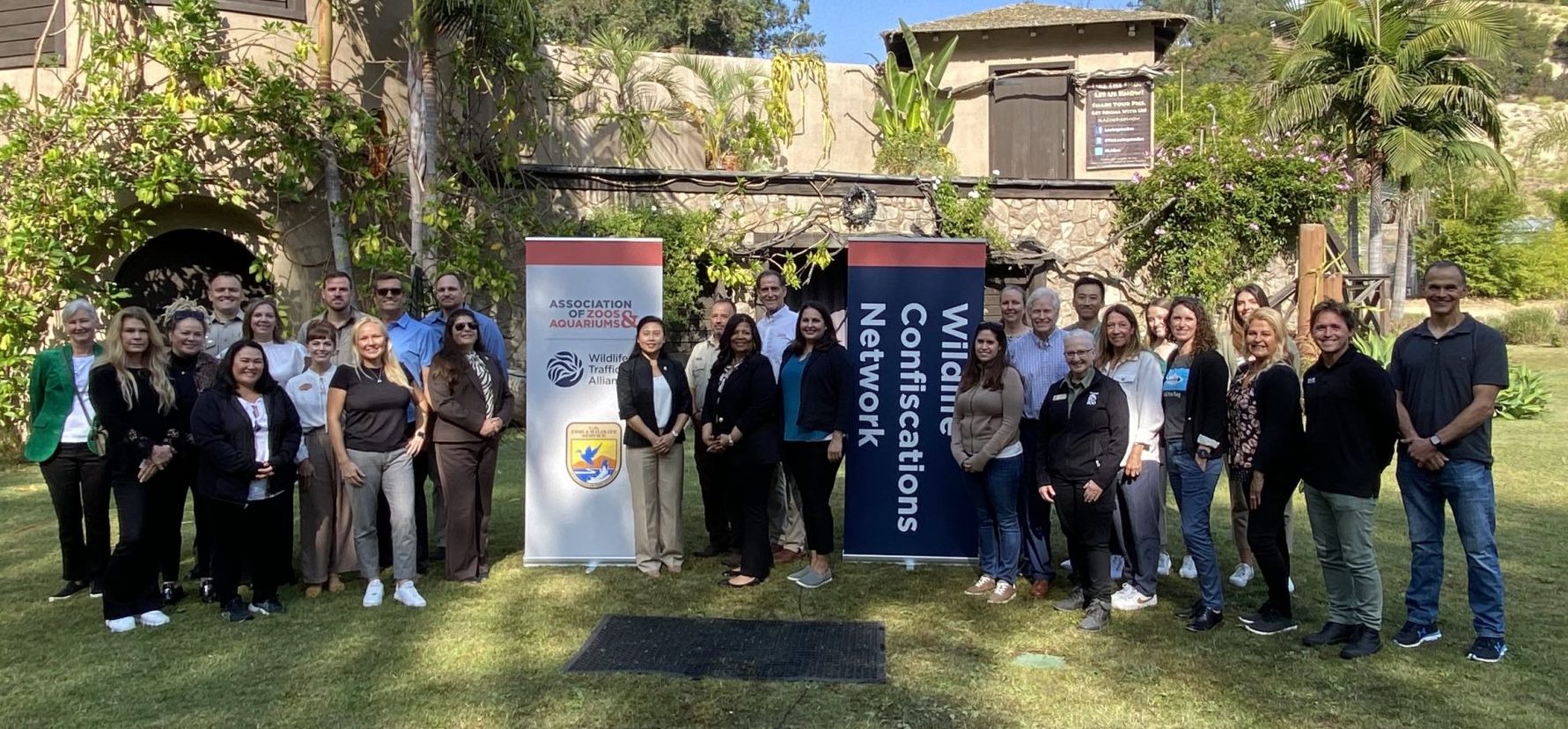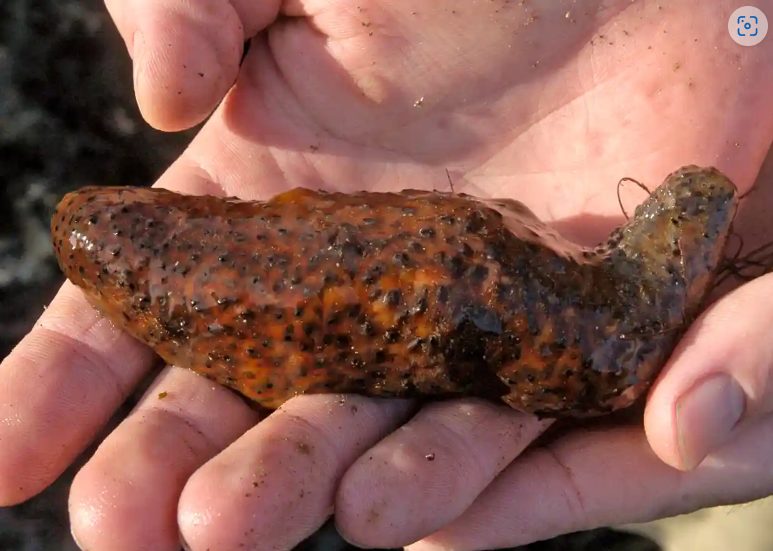Join community scientists in California to observe and document the King Tides on February 9, 2024. This extreme high tide event provides a glimpse of what we face with climate-driven sea level rise. Your images will contribute to a better understanding of how to adapt to and combat the climate crisis. Get a glimpse of last winter’s King Tide.
UPDATED FEBRUARY 1, 2024
Capture the King Tide this February!
King Tides are a wave phenomenon that can only be witnessed a few times a year when the high tide is at its highest and the low tide is at its lowest. These extreme tides only come to shore when the moon is closest to the Earth and when the Earth is closest to the Sun. King Tides can teach California so much about the changing coastline, if their impact can be captured.
This February, Heal the Bay is calling on all local beach lovers to hit the sand and help us document these extreme tides. Taking pictures and recording this natural phenomenon can help climate scientists predict the future of California’s coastline in preparation of impending sea level rise, which is the first step toward adapting for and combating the climate crisis. Last year your observations were vital to prepare Los Angeles for a future affected by climate change and we need your help once again.
The second King Tides event of this season will occur on February 9,2024 at : 8:16 AM. Once again, we are calling on all those who love the California coast to help capture the King Tide.
Let’s Capture the King Tide Together
Don’t want to face the big wave alone? Come capture the King Tide with other climate community members during the February phenomenon.
 FREE King Tides EVENT @ Heal the Bay Aquarium with Climate Action Santa Monica
FREE King Tides EVENT @ Heal the Bay Aquarium with Climate Action Santa Monica
Date: February 9, 2024
Time: 7:30 am -9:30 am
Address: Heal the Bay Aquarium 1600 Ocean Front Walk Santa Monica, CA 90401 – Base of Santa Monica Beach Pier (by the bike path)
Head to Heal the Bay Aquarium for a King Tide community science event lead by Climate Action Santa Monica. Hit the beach and help document the King Tide by capturing pictures of this ocean phenomenon alongside community and climate scientists as part of the California King Tides Project. This phenomenon will be FUN FOR THE WHOLE FAMLIY! Join in the community discussion and discover the relationship between sea level rise and climate change alongside students and other climate community members.
Not in Los Angeles?
Check out this list of 2024 King Tide Events with the California King Tides Project to observe and help capture the impact of these waves wherever you are on the CA coast.
Our Guide to Capturing the King Tide Guide
How to capture the King Tide on your own!
Instructions from the CA Coastal Commission:
1) Find your local high tide time for one of the King Tides dates.
2) Visit the shoreline on the coast, bay, or delta.
3) Be aware of your surroundings to ensure you are safe and are not disturbing any animals.
4) Make sure your phone’s location services are turned on for your camera and then take your photo. The best photos show the water level next to familiar landmarks such as cliffs, rocks, roads, buildings, bridge supports, sea walls, staircases, and piers.
5) Add your photo to the King Tides map either by uploading it via the website or by using the Survey123 app.
PUBLISHED DECEMBER 13, 2022
Sea Level Rise
Before we get into the details of this year’s King Tides event, let’s begin with the larger context of sea level rise. Humans are polluting Earth’s atmosphere with greenhouse gases (GHGs) like CO2, primarily through the burning of fossil fuels, driving average global temperatures up at an unprecedented rate.
Oceans have helped to buffer this steady pollution stream by absorbing 90% of our excess heat and 25% of our CO2 emissions. This, among myriad impacts, has increased sea temperatures, causing ocean water to expand. The combination of ocean water expansion and new water input from the melting of landlocked glaciers results in rapid sea level rise.
- Santa Monica Beach Current
- Santa Monica Beach Sea Level Rise 2ft
- Santa Monica Beach Sea Level Rise 7 Ft
- Ports Current Sea Level
- Ports Sea Level Rise 7ft
- Marina Del Rey Current Sea Level
- Marina Del Rey Sea Level Rise 7ft
Take a look at images from the NOAA Sea Level Rise Viewer. Light blue shows areas expected to flood consistently as sea levels rise. Bright green shows low-lying areas vulnerable to flooding from groundwater upwelling as seawater intrusion increases.
According to the 2021 Intergovernmental Panel on Climate Change (IPCC) Report, sea level will rise 2 feet by 2100 even if efforts are made to lower GHG emissions, and possibly as much as 7 feet by 2100 if we continue with “business as usual” (i.e., burning fossil fuels at the current unsustainable rate). Rapid sea level rise threatens beach loss, coastal and intertidal habitat loss, seawater intrusion into our groundwater supply (which could contaminate our drinking water supply and cause inland flooding from groundwater upwelling), as well as impacts from flooding or cliff erosion on coastal infrastructures like roads, homes, businesses, power plants and sewage treatment plants—not to mention nearby toxic sites.
Here's a sea level rise problem we should all think more about: Toxic sites that could flood + expose nearby residents to dangerous chemicals.
A new study by @UCBerkeleySPH @UCLAFSPH found that *more than 400 toxic sites* in California could flood by 2100 https://t.co/Y0N75ZTDnJ
— Rosanna Xia (@RosannaXia) November 30, 2021
King Tides: A Glimpse of Future Sea Levels
Ocean tides on Earth are caused by the gravitational pull of the moon (and the sun, to a lesser extent) on our oceans. When the moon is closest to Earth along its elliptical orbit, and when the moon, earth, and sun are aligned, gravitational pull compounds, causing extreme high and low tides called Perigean-Spring Tides or King Tides. These extreme tides provide a glimpse of future sea level rise.
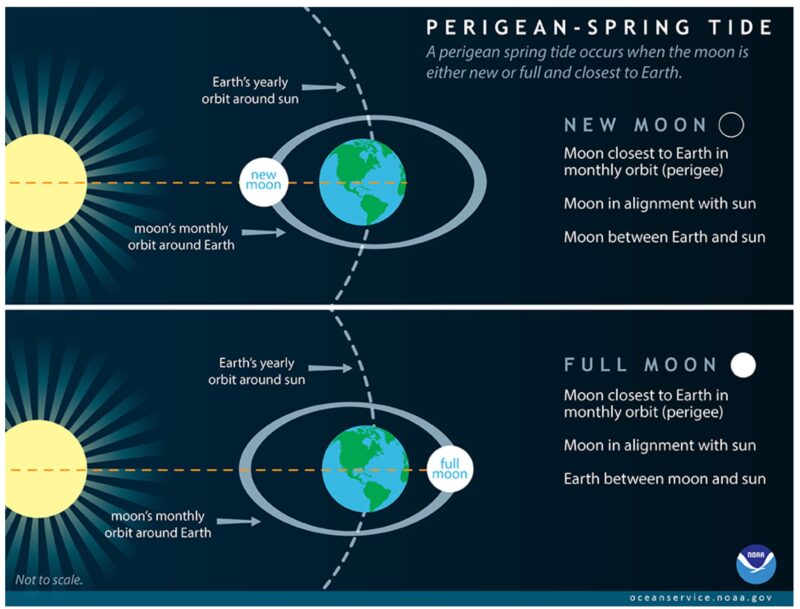
Image courtesy of NOAA National Ocean Service.
In fact, King Tides in Southern California this December and January are expected to be 2-3 feet higher than normal high tides (and lower than normal low tides), providing a clear snapshot of what the regular daily high tides will likely be by 2100.
- Surfider Beach Third Point, Malibu (Photo by CA Coastal Commission)
- Broad Beach, Malibu in 2016 (Photo by LA Waterkeeper)
- (Top to bottom) Low, Medium, High Tides at Carbon Beach, January 8-10 2013
What is being done
Many coastal cities in California have developed Local Coastal Programs in coordination with the CA Coastal Commission to address sea level rise. The Coastal Commission is also developing new sea level rise guidance for critical infrastructure, recently released for public review. Unfortunately, if we continue with “business as usual,” the rate of sea level rise will occur much more quickly than we can adapt to it, which is why we need bold global action now to combat the climate crisis and limit sea level rise as much as possible.
What you can do
Motivated people like you can become community scientists by submitting King Tides photographs the weekend of December 23 and 24, 2022 to contribute to the digital storytelling of sea level rise. These photos are used to better understand the climate crisis, to educate people about the impacts, to catalog at-risk communities and infrastructure, and plan for mitigation and adaptation. Join the Coastal Commission in their CA King Tides Project!
Get involved in #KingTides events
Instructions from the CA Coastal Commission:
1) Find your local high tide time for one of the King Tides dates.
2) Visit the shoreline on the coast, bay, or delta.
3) Be aware of your surroundings to ensure you are safe and are not disturbing any animals.
4) Make sure your phone’s location services are turned on for your camera and then take your photo. The best photos show the water level next to familiar landmarks such as cliffs, rocks, roads, buildings, bridge supports, sea walls, staircases, and piers.
5) Add your photo to the King Tides map either by uploading it via the website or by using the Survey123 app.
In the Los Angeles area? Here are some areas we expect will have noticeable King Tides:
In Palos Verdes, we recommend: Pelican Cove, Terrenea Beach, White Point Beach, and Point Fermin. In Malibu, we suggest: Paradise Cove, Westward Beach, Broad Beach, El Pescador State Beach, and Leo Carrillo State Beach.
ACTION LINK(S)
Written by Annelisa Moe. As a Coastal and Marine Scientist for Heal the Bay, Annelisa works to keep our oceans and marine ecosystems healthy and clean by advocating for strong legislation and enforcement both locally and statewide. She focuses on plastic pollution, marine protected areas, sustainable fisheries, and climate change related issues.



